- News
- Reviews
- Bikes
- Components
- Bar tape & grips
- Bottom brackets
- Brake & gear cables
- Brake & STI levers
- Brake pads & spares
- Brakes
- Cassettes & freewheels
- Chains
- Chainsets & chainrings
- Derailleurs - front
- Derailleurs - rear
- Forks
- Gear levers & shifters
- Groupsets
- Handlebars & extensions
- Headsets
- Hubs
- Inner tubes
- Pedals
- Quick releases & skewers
- Saddles
- Seatposts
- Stems
- Wheels
- Tyres
- Tubeless valves
- Accessories
- Accessories - misc
- Computer mounts
- Bags
- Bar ends
- Bike bags & cases
- Bottle cages
- Bottles
- Cameras
- Car racks
- Child seats
- Computers
- Glasses
- GPS units
- Helmets
- Lights - front
- Lights - rear
- Lights - sets
- Locks
- Mirrors
- Mudguards
- Racks
- Pumps & CO2 inflators
- Puncture kits
- Reflectives
- Smart watches
- Stands and racks
- Trailers
- Clothing
- Health, fitness and nutrition
- Tools and workshop
- Miscellaneous
- Buyers Guides
- Features
- Forum
- Recommends
- Podcast
review
£999.99
VERDICT:
Brilliant indoor trainer that's quiet and smooth with a realistic feel
Weight:
21,000g
Contact:
At road.cc every product is thoroughly tested for as long as it takes to get a proper insight into how well it works. Our reviewers are experienced cyclists that we trust to be objective. While we strive to ensure that opinions expressed are backed up by facts, reviews are by their nature an informed opinion, not a definitive verdict. We don't intentionally try to break anything (except locks) but we do try to look for weak points in any design. The overall score is not just an average of the other scores: it reflects both a product's function and value – with value determined by how a product compares with items of similar spec, quality, and price.
What the road.cc scores meanGood scores are more common than bad, because fortunately good products are more common than bad.
- Exceptional
- Excellent
- Very Good
- Good
- Quite good
- Average
- Not so good
- Poor
- Bad
- Appalling
The latest build of the Wahoo Kickr is the best yet, and it's not like it was awful before. It's smoother and quieter, and a brilliant bit of kit if you're serious about indoor training. Which you'll need to be if you're thinking of forking out a grand.
- Pros: Smooth, quiet, progressive, well built
- Cons: No native cadence sensing, care needed when using app to avoid dropouts on ANT+
The Kickr, like most direct drive smart trainers, is a big heavy lump of a thing, robustly built out of steel and weighing in at over 21kg. That bulk is good news in that it helps to ground the trainer very effectively, and also plenty of it is in the new, heavier, 7.25kg flywheel that's designed to offer a smoother ride experience. The two legs of the Kickr pivot inwards for storage, so if you can't leave it out all the time it does fold down to a pretty compact unit, and the integrated carry handle means lugging it about isn't too onerous.
> Find your nearest dealer here
It's not just roadies training indoors these days, and not all road bikes are quick release either. The Kickr will accommodate 12x142 and 12x148 thru-axles as well as 130mm and 135mm quick release frames, so unless you want to train on a clown bike or something you should be able to make your bike work. The height of the trainer is adjustable for different wheel sizes so you're not on the slant, and it should work with your disc brake frame, if you have one.
The rear wheel mount pivots, so it's compatible with Wahoo's Kickr Climb gradient simulator for extra realism.
Setting up the Kickr is easy enough: an 11-speed 11-28 cassette is supplied (the freehub is HG splines so all 8/9/10-speed Shimano/SRAM units should work if your bike isn't 11-speed), so you just need to fit the correct hub spacers, unfold the legs, plug in the power supply (with its nice generous lead) and away you go. Even first time out of the box it only takes about 10 minutes.
I was using the Kickr with my Merida race bike and the interface between the frame and the trainer was solid, with no movement or creaking. The bike is held firmly and there's no lateral give, so you need to be mindful of not adding too much side-to-side stress when you're doing a hard effort out of the saddle, unless you've also invested in (or made) a rocker plate.
The Kickr has all the connectivity you'd expect from a top-end trainer. You can connect to it via ANT+, ANT+ FE-C and Bluetooth, so you should be able to control it via your smartphone, tablet or PC (with an ANT+ USB stick). I generally found that all connections were reliable. It's worth noting that if you're using the Wahoo Utility – for example, to update the firmware on your trainer, change the ERG smoothing setting or do a spindown calibration – and then you connect to a PC via ANT+ for training, that can cause dropouts of the ANT+ connection if you don't make sure you close everything down. It's a good idea to make sure that you definitely only have one active connection. It's not an issue for the most part even if you do get the odd dropout, but if you're racing on Zwift you'll get binned out the back pretty quickly. Or in my case, even more quickly.
One of Wahoo's claims for the Kickr is that it's 'virtually silent' in operation, and it's definitely a noticeable improvement over the previous versions. This trainer – along with the CycleOps H2 I tested recently – has reached the point where it's not making any more noise than your bike's transmission, and a lot less than your fan. The Kickr is extremely well balanced too, so it's very quiet even on sprung floors which tend to amplify any vibrations. It's all good news here.
Power measurement is on point too. Here's a power trace of the Kickr versus my Garmin Vector 2 pedals (freshly calibrated) over a six-minute effort at various levels, with the trainer fully warmed up.
You can see that both power lines match each other very closely; the overall discrepancy in the power is about 1.5% in favour of the Kickr, and that's mostly down to the lower power sections where it reads high against the pedals. Once you get above 200W and into the work zone, the gap falls to less than 1% on most efforts. I've been on a pretty long indoor training stint and I'm well attuned now to how much power equals how much hurt; I was happy with the power numbers from the Kickr, which seemed entirely realistic and repeatable. Like most top-end trainers it's rated to be accurate to +/-2%, and I'd say it probably delivers on that. Maximum resistance is a claimed 2,200W; I'll take their word for it as I'm not going to get anywhere near that, and neither are you.* Maximum simulated gradient is 20% which is more than enough for all the climbs in Zwift right now.
One of the things you can do with the Kickr is to turn on ERG smoothing via the Wahoo app on your smartphone. What this does is average the power that's sent back to the computer, which has the effect of smoothing out the power line. I'm not sure exactly how much they smooth it out, but from the difference between on and off I'm going to guess at an average value sampled from between about three and five seconds of power data.
It works very well, too. If you're following a workout in ERG mode in TrainerRoad, for example, you get a much neater power line. You can see the difference between having it on and off here on one of TrainerRoad's least fun workouts, Basin, which is also one that ERG trainers find hard to follow: there are both sharp and gradual resistance changes, and on top of that you're standing up on the slopey bits so there are big changes in cadence too.
You probably don't need me to tell you which bit I turned ERG smoothing off for. Anyway, it makes the workout look neater and it doesn't meaningfully affect the overall Training Stress Score of the workout, so I'm generally in favour of it. The slightly weird bit after the second (non-smoothed) interval was the result of me changing the Kickr back to ERG smoothing on the app. It didn't like having both ANT+ and Bluetooth connections active, and in the end I had to unplug it for a reboot before it would read properly again. So pick a setting before you start.
On the non-smoothed interval you can see where the Kickr struggles with staying on the power target, but it's not doing anything that other trainers don't also do. For reference, here's a grab of the non-smoothed interval from that workout, matched against the same interval completed on the CycleOps H2 trainer:
You can see that they don't necessarily do exactly the same things at the same time, but there are traits common to both. Where the sloping sections start there's a drop in power: I'm standing up at this point, and lowering my cadence, so the trainer needs to increase the resistance and it takes a few seconds to make up the gap. There's no drop on the first slope on the Kickr trace, because I stayed seated for that one so my cadence remained the same; you can see that on the white cadence line.
At the other end of the sloped sections I'm sitting back down and working my cadence back up from about 60rpm to about 90rpm, so the power goes over the target and then the trainer backs off the resistance a bit. Both trainers read slightly under for most of the sloping sections, because they're constantly playing catch-up with the increasing power.
Overall, the two trainers handle this interval very well, and they score about equal on how quickly and accurately they react to the changes. The H2 to me looks like it might have edged it but obviously there's a human element here too; a small difference is as likely to be my pedalling as it is the trainer as I won't have done the exact same thing both times. For instance, it looks like I attacked the start of the Kickr interval harder, leading to a spike in power, and then a trough as the trainer over-compensated a bit.
While we're talking about cadence it's worth noting that the Kickr doesn't yet natively output cadence. CycleOps has updated the Hammer and H2 to do that, and the Tacx Neo does it too. You do get a cadence sensor in the box with the Kickr, which is fine if you're only running one bike on the trainer, but it's not quite as neat a solution. Having said that, the H2 cadence algorithm is a bit of a work in progress and not as accurate as having a separate sensor. So: swings and roundabouts.
> Buyer's Guide: 16 of the best indoor trainers and rollers
The ride experience of the Kickr, overall, is excellent. When it's in ERG mode it does a great job of keeping your power steady, and when you're heading up and down the hills on Zwift it's quick to respond and the large flywheel means the changes in resistance are nice and progressive. It's directly up against the CycleOps H2 at this price point and both trainers make an equally good job of it, in my opinion. There's really nothing between them.
Overall, the Kickr is excellent. That's not really a surprise as we've tested every incarnation of this trainer, and they've been excellent from the get-go. The Kickr18 is improved: it's quieter, and the heavier flywheel gives an impressive ride feel whether you're doing interval training or Just Riding Along indoors. Direct drive trainers are still reasonably new, and they're still improving. The Kickr and the CycleOps H2 both put in a strong case for your spend if you've got a grand to drop on your indoor training. There's really nothing between them.
*Unless that's you reading, Sir Chris.
Verdict
Brilliant indoor trainer that's quiet and smooth with a realistic feel
road.cc test report
Make and model: Wahoo 2018 Edition Kickr Smart Trainer
Size tested: Dimensions (legs open): 20
Tell us what the product is for and who it's aimed at. What do the manufacturers say about it? How does that compare to your own feelings about it?
Wahoo says, "Building on the proven success of Wahoo's line of KICKR Smart Trainers, the new 2018 edition delivers a virtually silent experience and a specially engineered, heavier flywheel to provide cyclists with the exact inertia they need to recreate the feeling of riding outdoors. The KICKR continues to provide the best in class indoor smart trainer design with carbon steel body for the durability. Its unmatched compatibility expands to include our new indoor grade simulator, the Wahoo KICKR CLIMB, and our new Bluetooth and ANT+ powered fan, the KICKR HEADWIND. The KICKR includes an 11 speed cassette for easy setup and an RPM cadence sensor."
Tell us some more about the technical aspects of the product?
Wahoo lists these features:
NEW! VIRTUALLY SILENT OPERATION
The KICKR's new design offers an ultra quiet riding experience.
NEW! OPTIMIZED FLYWHEEL
KICKR's new larger and heavier flywheel was specially engineered to provide riders with a more precise inertia needed to recreate an outdoor ride feel while training indoors.
KICKR CLIMB COMPATIBLE
Wahoo's KICKR CLIMB indoor grade simulator was designed in conjunction with the KICKR smart trainers to deliver a unmatched indoor training experience when combined.
KICKR HEADWIND COMPATIBLE
KICKR HEADWIND was designed to deliver innovative climate control to your indoor training experience.
THRU AXLE COMPATIBLE
The new KICKR features 12x142 and 12x148 thru axle compatibility in addition to standard 130/135mm quick release. Click to find out if your bike is compatible.
DISC BRAKE CLEARANCE
An update to the main mast ensures clearance for flat mount and disk brake equipped bikes.
+/- 2% POWER ACCURACY
Enhanced power accuracy to provide accurate power measurement and generate up to 2200W.
20% MAXIMUM GRADE
Maximum percent grade adjusts to simulate up to a 20 degree incline.
LED INDICATOR LIGHTS
Visual confirmation that KICKR is powered, connected and transmitting via Bluetooth and / or ANT+
ANT+, ANT+ FE-C AND BLUETOOTH CONNECTIVITY
ANT+ and Bluetooth capabilities allow it to connect to both smartphones and GPS devices simultaneously or separately. An ANT+ FE-C connection allows the KICKR to be controlled from any FE-C enabled device or application.
PROFESSIONAL GRADE DURABILITY
Robust steel construction ensures the KICKR stays in place while you crank out the watts and stands up to years of heavy use.
CONTROLLED RESISTANCE
When connected to your device, it automatically sets your resistance via your favorite app or software
REALISTIC RIDE FEEL
The KICKR flywheel is innovative and proven technology emulates the power and inertia experienced during outdoor riding. It provides the most realistic ride feel especially when using virtual riding/training platforms like Zwift and Trainer Road.
MEASURES SPEED, DISTANCE, POWER, AND CADENCE
Get all your vital cycling metrics on your indoor ride. Cadence only available when paired with a Wahoo RPM Cadence Sensor that is included.
THIRD PARTY APP COMPATIBILITY
Works with popular training apps such as Zwift and TrainerRoad. For more details on which apps are compatible with the KICKR, download our in-depth KICKR app comparison chart.
THIRD PARTY POWER METER SUPPORT
Compatible with a third party power meter.
BONUS FEATURE! FREE TRIALS FROM OUR FAVORITE APP PARTNERS
When you register your KICKR in the Wahoo Fitness app, you'll receive these awesome offers from our partners:
60 Days FREE of Strava Summit for new Strava members
30 Days FREE of TrainerRoad for new users
30 Days FREE of The Sufferfest Training Center for new Sufferfest members
10% off annual subscription of Fulgaz for new subscribers
30 Days FREE of Rouvy for new premium subscribers
KICKR Version: 4
Dimensions (legs open): 20"L x 28"W x 17"H
Dimensions (legs closed): 20"L x 9"W x 17"H
Weight (unboxed): 47 lb
Rear Wheel Size: 24" RD / 24" MTB / 650c RD / 26" MTB / 700c RD / 650b MTB / 29" MTB
Hub Types: 130/135mm QR, 12x142, and 12x148 Thru Axle - Adapters included
Drivetrain:
Out of Box: 11 Speed Cassette with 11-28 ratio
Requires Purchase/Installation of New Cassette: 8/9/10 Speed SRAM/Shimano
KICKR CLIMB Compatible: Yes
KICKR HEADWIND Compatible: Yes
Cadence: RPM Cadence Sensor included
Front Wheel Block: Not needed
Resistance Type: Electromagnetic
Accuracy: + / - 2%
Wireless Software Updates: Yes
3rd Party Power Meter Support: Yes
Connectivity: ANT+, ANT+ FE-C, and Bluetooth
Devices: iOS, Android, PC (Mac and Windows)
Max User Weight: 250 lb
Power Requirements: 100-240V5A 50-60 Hz
Flywheel Weight: 16 lb
Maximum Simulated Grade: 20%
Maximum Power Output: 2200W
Rate the product for quality of construction:
9/10
SOLID.
Rate the product for performance:
9/10
Hard to fault in the main. A few very minor issues.
Rate the product for durability:
10/10
Very well made and the only part likely to wear significantly (the belt) is replaceable.
Rate the product for weight (if applicable)
9/10
Reassuringly heavy.
Rate the product for value:
7/10
It's a grand, and so is its direct competitor, the Cycleops H2. I'd say you'd get plenty of value out of either. Not cheap, but worth it.
Tell us how the product performed overall when used for its designed purpose
Very well indeed.
Tell us what you particularly liked about the product
Pretty much everything: the feel is great, it's quiet and smooth and works well across all platforms.
Tell us what you particularly disliked about the product
A pity there's no native cadence, and it's a bit finicky about Bluetooth and ANT+ both being active.
How does the price compare to that of similar products in the market, including ones recently tested on road.cc?
It's the same as the CycleOps H2. The Tacx Neo 2 is £200 more. Those are the three core products.
Did you enjoy using the product? Yes
Would you consider buying the product? Yes
Would you recommend the product to a friend? Yes
Use this box to explain your overall score
It's expensive, but the Kickr is excellent, and if you're serious about murdering yourself indoors in pursuit of some outdoor goal – or even an indoor one – then it's money well spent.
About the tester
Age: 45
I usually ride: whatever I'm testing... My best bike is: Kinesis Tripster ATR, Merida Scultura
I've been riding for: Over 20 years I ride: Every day I would class myself as: Experienced
I regularly do the following types of riding: road racing, time trialling, cyclo-cross, commuting, touring, club rides, sportives, general fitness riding, fixed/singlespeed, mountain biking, Mountain Bike Bog Snorkelling, track
Dave is a founding father of road.cc, having previously worked on Cycling Plus and What Mountain Bike magazines back in the day. He also writes about e-bikes for our sister publication ebiketips. He's won three mountain bike bog snorkelling World Championships, and races at the back of the third cats.
Latest Comments
- Rendel Harris 2 sec ago
Mad busy at rush hour, it can be backed up all the way from Wandsworth Bridge to King's Road. No problems with speed limit at those times, though...
- slc 36 min 2 sec ago
There is a fairly complete description of Ms Topping's circumstances here ...
- Secret_squirrel 1 hour 59 min ago
Fantasy lawyering. ...
- David9694 3 hours 6 min ago
A bit of light rain is all it was on Friday ...
- David9694 3 hours 11 min ago
Yep, laugh it up at the Tesla owners eco hippies, but the danger is that it gets caught up in the wider EV / petrol forever hate. Not sure why...
- parcours 3 hours 25 min ago
Hi Tony, given that this is a proprietary designed rim (as are all of our wheels), you wouldn't be able to source this elsewhere. Thanks for your...
- belugabob 4 hours 1 min ago
Legal advice is just as likely given so that the client can circumvent the law, as it is to advise them of their legal position.
- mark1a 4 hours 15 min ago
If there's no scheme in place, and your finance controller agrees, you could use Instant GCI - no need for employer to sign up, simply fill in the...
- David9694 4 hours 27 min ago
Bristol Live? Bristol Dead if you want my opinion. There must be something in the area you can be doing today that the newshounds can report on? ...
- KiwiMike 7 hours 10 min ago
Your comment was "...our former FM Hamza himself was caught driving without insurance while transport secretary. Thereby there is a family link to...











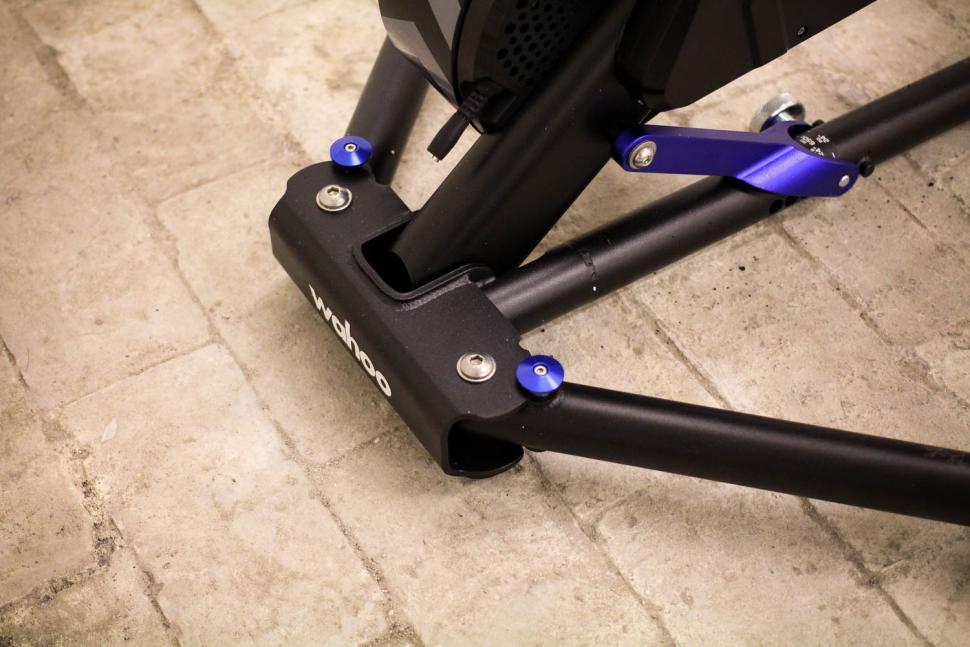
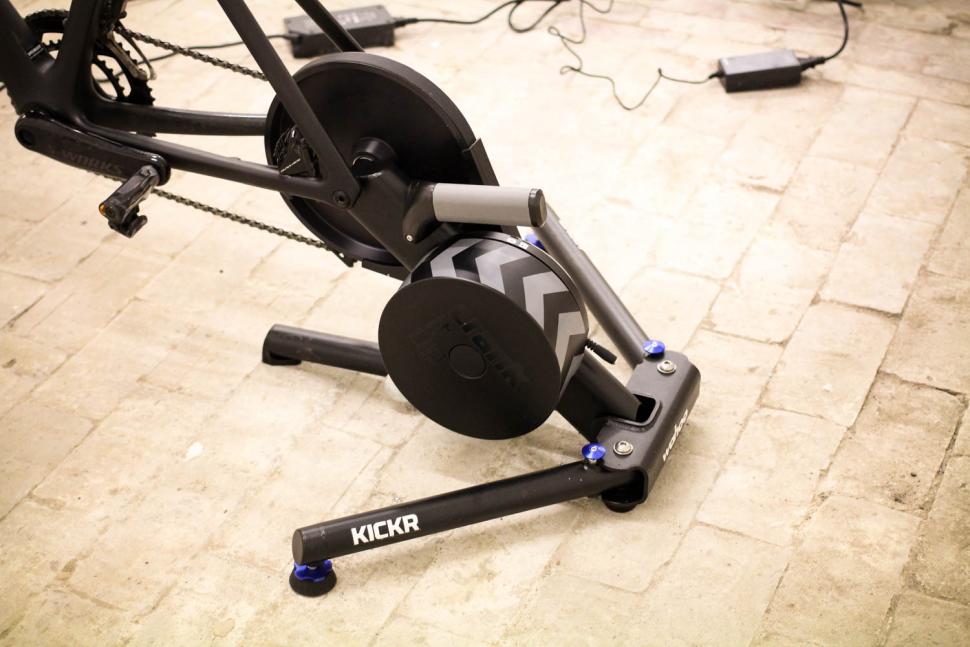
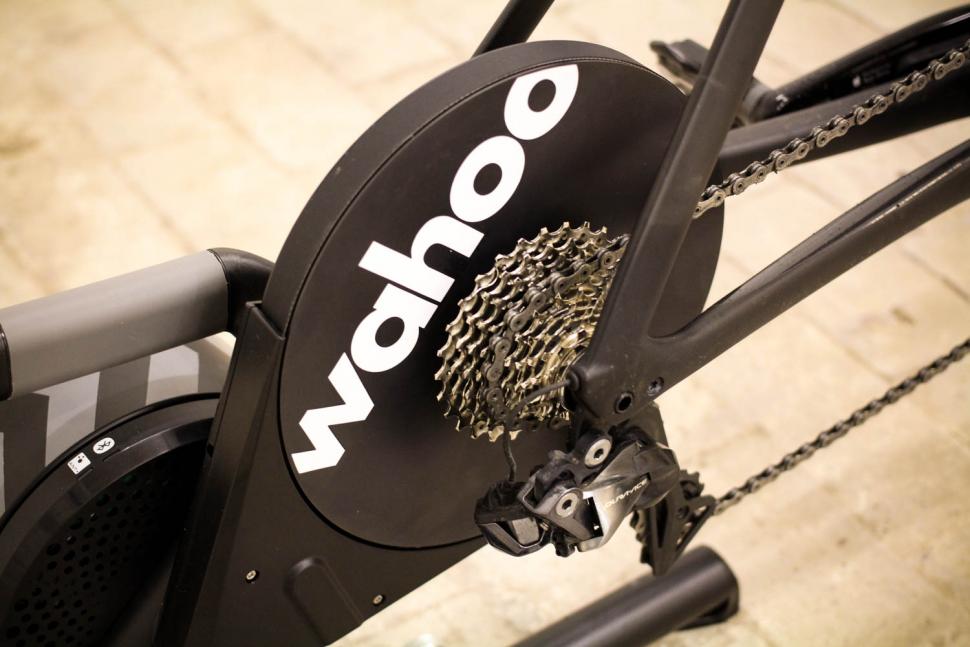
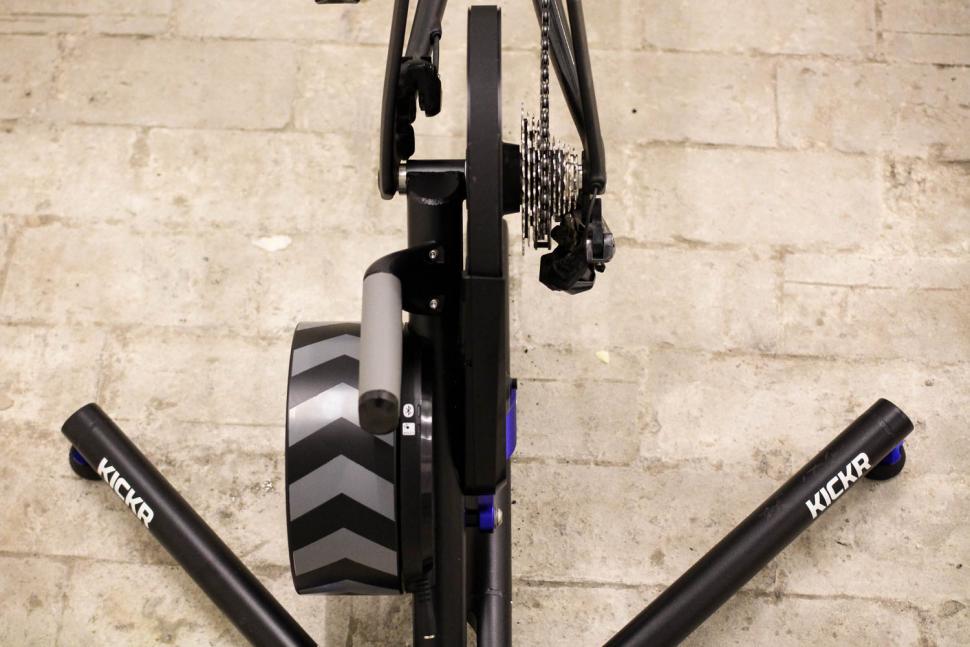
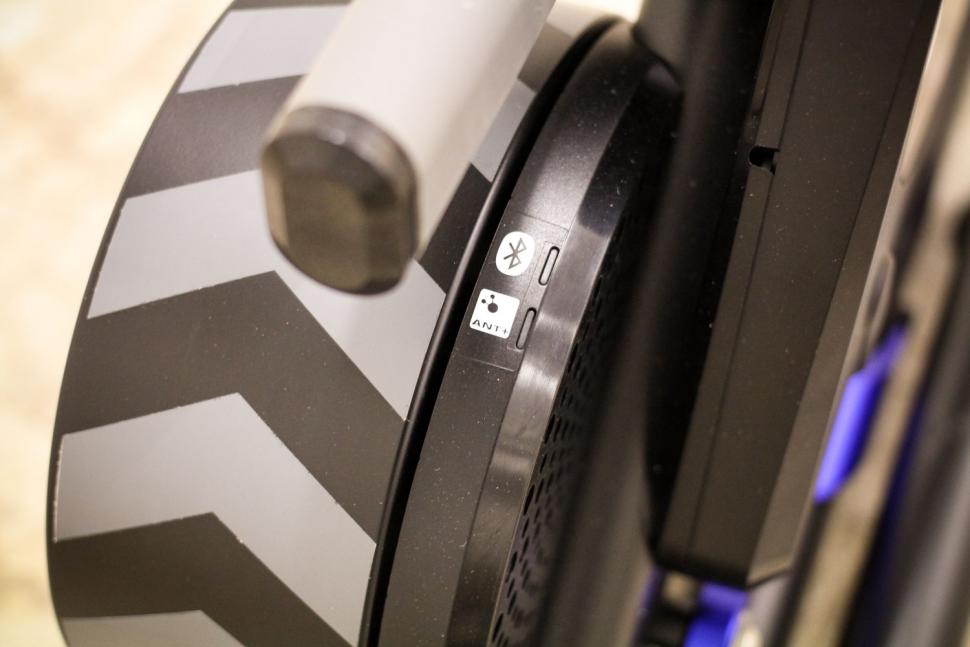
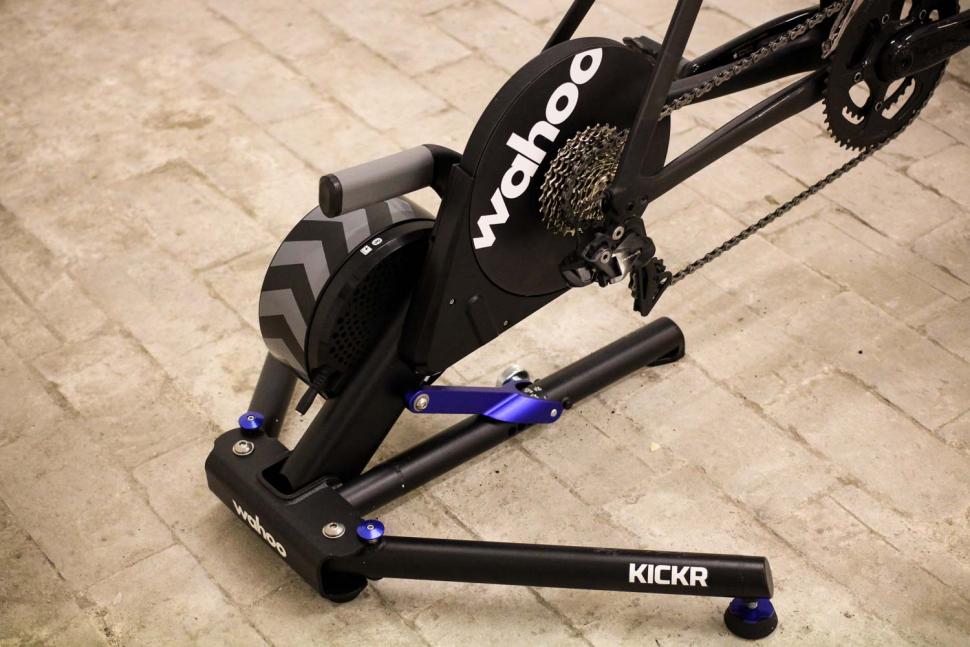

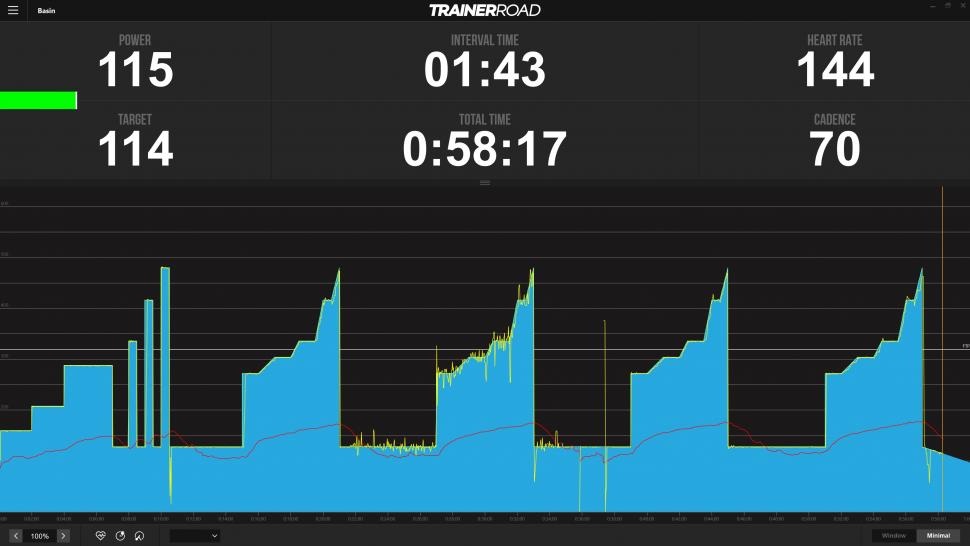

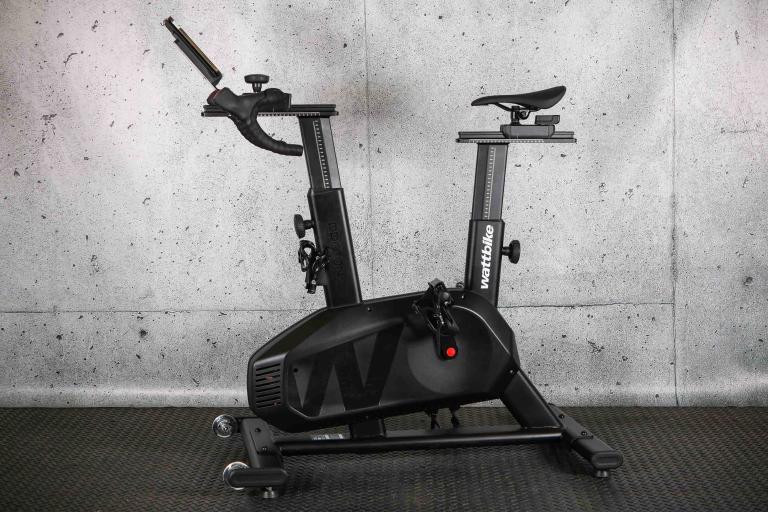
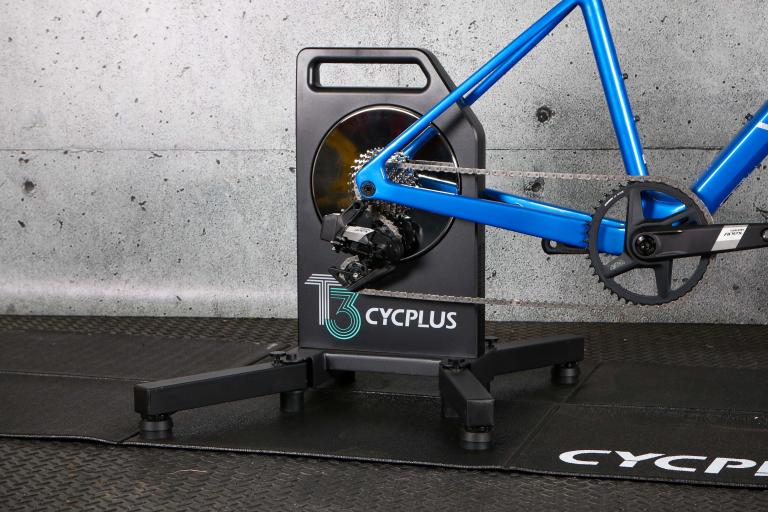
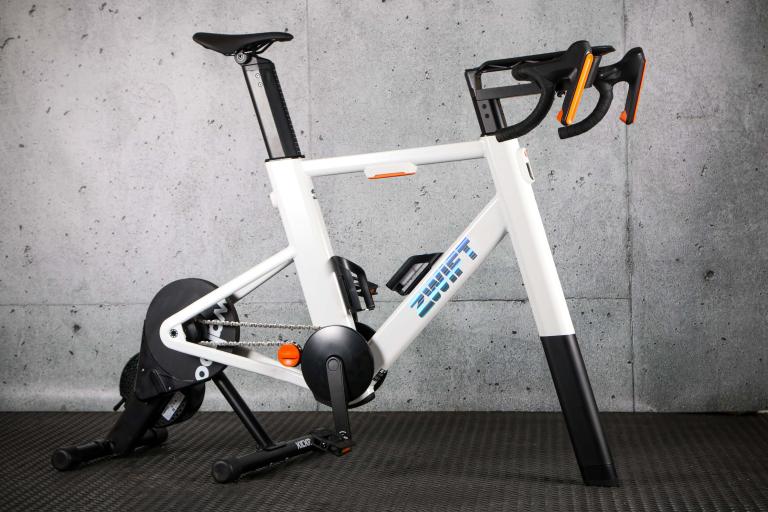

Add new comment
4 comments
I have to agree with bobinski's comment. I'd never owned a TT before and thought it would definitely be worth paying out for one of the upper end ones (but shyed away from the Tacx Neo). So not a small outlay at £1,000 for the new kickr. Since November when I got my first one, I am now on my THIRD.
They all start off absolutely perfectly, but then noises / vibration start to develop through continued use. I'm not an olympian by any stretch so am not laying out a large number of watts (my current FTP being 233w) but it is now getting a bit old.
Wahoo have been absolutely brilliant though and they have stood by their product. Now, my most recent Kickr that I got at the end of December has started to whinge so I suspect I will be on "lucky" number 4 before the end of February...
I'd like to think that the issue has been caught and fixed (Daveymorrisuk), but how many faulty units were already in circulation by then?
For those with a noisy Kickr's check out this Video from DCrainmaker where Chips from Wahoo explains what the problems is/was and what they've done to fix it.
https://youtu.be/6MgromwkTOs
Nobody's denying that there wasn't a problem with these units but Wahoo's message is that its been caught and fixed. However, I agree with you, it should have been mentioned in an unbiased review just like the issues with the Garmin Vector 3 battery caps should have been.
Turn off ERG power smoothing with the App if you don't like it. It doesn't affect your workout 1 bit.
It's been reported and demonstrated in a few places the Wahoo ERG "smoothing" is actually more like a smooth version of what the target power is, it does not track what would be expected of a smoothed version of the actual power delivered. As such, it's basically useless except as a vanity view or for those with jaggy power OCD issues. Not knocking the trainers, they're excellent - especially the new version, just something to be aware of if it's switched on.
Yet another review where the turbo scores highly against a back drop of a significant proportion of users reporting problems and where some have had 3 or 4 units. Wahoo have had to issue repair kits.You may have had a perfect unit but you cannot be oblivious to the problems with the turbo because they discussed are on every cycling forum. It might have been an idea to at least mention them not least so that people who purchase and end up wiuth a defective unit know what to do to repair or replace.